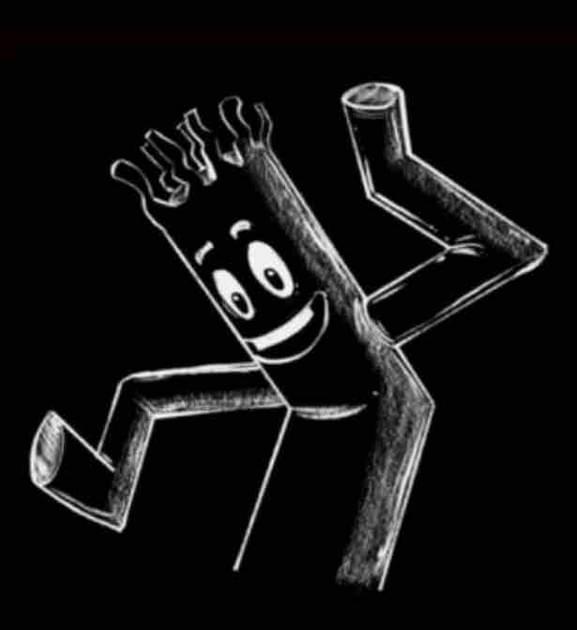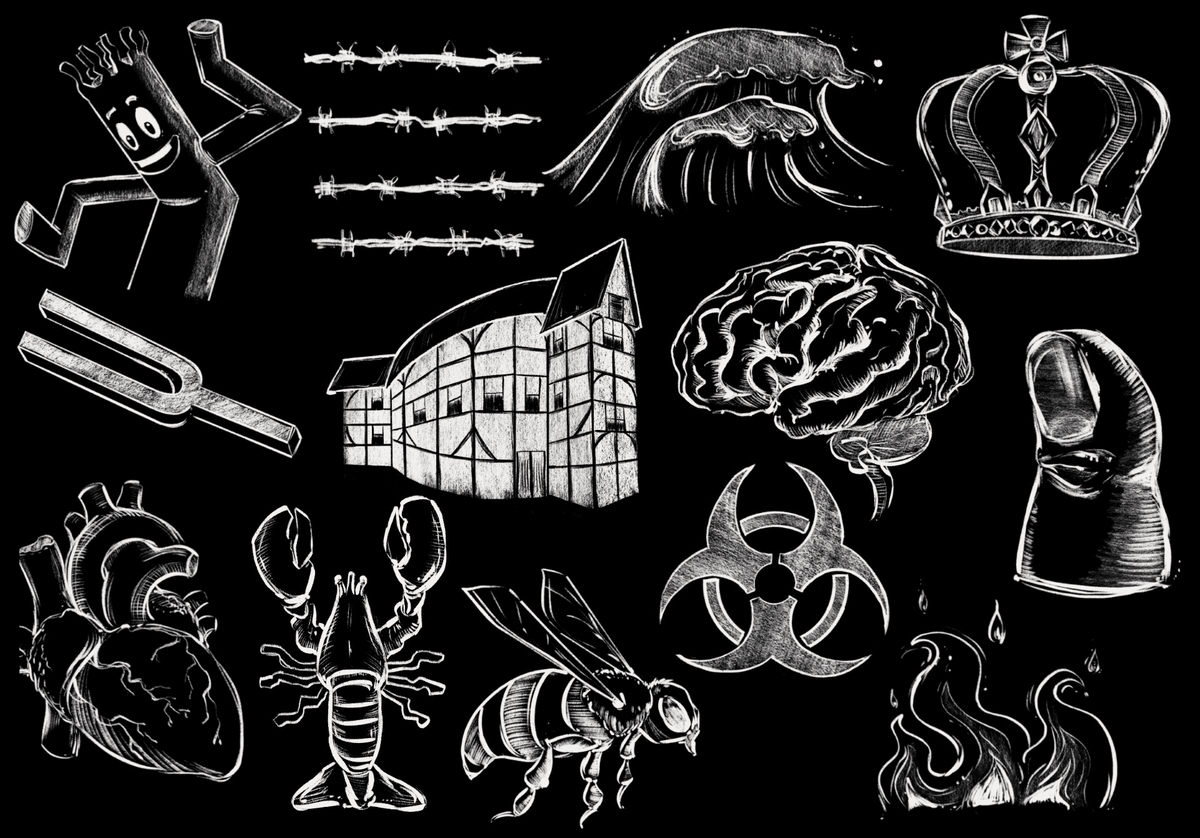

JOHNNIE BURN
Johnnie Burn is an Oscar- and BAFTA-winning film sound designer whose work transforms the emotional and narrative fabric of a film long before it reaches the mix stage.
He begins sculpting sound from the earliest moments of a project — often during the script phase — building immersive, character-driven soundscapes that become part of the film’s inner life rather than decoration placed on top of it.Johnnie’s philosophy is simple: sound reaches the audience before thought does.
His work is built on this idea — that every rustle, hum, silence, or distant shape can carry emotional weight, move the story forward, or shift an audience’s subconscious. Across all his films, from the intimate to the epic, he designs sonic worlds that are felt as much as they are heard.His credits include collaborations with some of the most distinctive directors working today, including Yorgos Lanthimos, Jonathan Glazer, Chloé Zhao, Danny Boyle, Daniel Roher, Trey Edward Shults, and Jordan Peele. From the unnerving sonic minimalism of The Zone of Interest — which earned him the Academy Award, BAFTA, European Sound Designer of the Year, and Cannes Artist/Technican Prize — to the bold surrealism of Bugonia, Johnnie’s work consistently pushes beyond conventional sound design into something more sculptural, more psychological, and uniquely his own.
Whether leading a full sound department or crafting the mix himself, he works as a close creative partner to the director — shaping tone, rhythm, silence, and perspective with the same narrative intention as cinematography or editing. His approach to Atmos and immersive audio is grounded not in spectacle but in storytelling: placing the audience inside a character’s emotional reality.
Under the Skin Jonathan Glazer
The Lobster Yorgos Lanthimos
Ammonite Francis Lee
The Killing of A Sacred Deer Yorgos Lanthimos
Waves Trey Edward Shults
The Favourite Yorgos Lanthimos
Nope Jordan Peele
The Zone of Interest Jonathan Glazer
Poor Things Yorgos Lanthimos
September Says Ariane Labed
Kinds of Kindness Yorgos Lanthimos
Hurry Up Tomorrow Trey Edward Shults
28 Years Later Danny Boyle
Bugonia Yorgos Lanthimos
Hamnet Chloe Zhao
Tuner Daniel Roher
Each one of these films has a unique lovingly crafted aposite sound world –
Made by the team to serve the film and nothing else.
.
